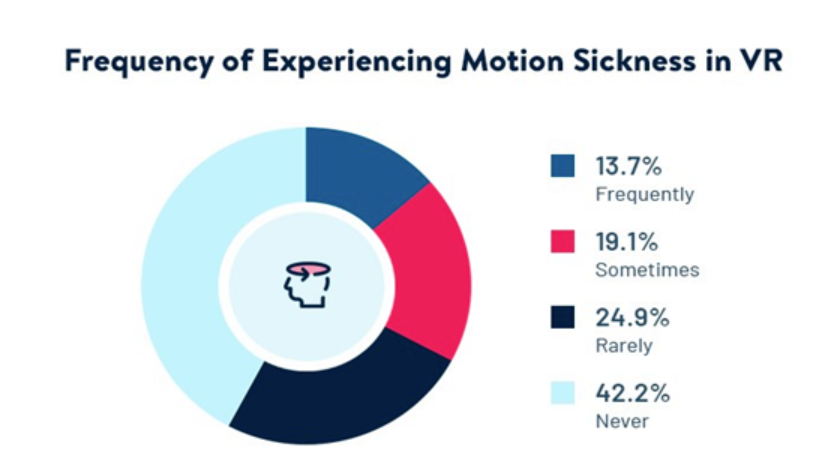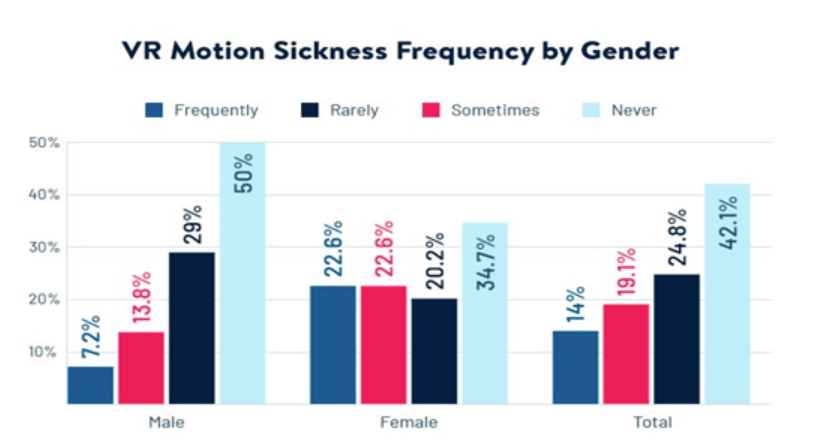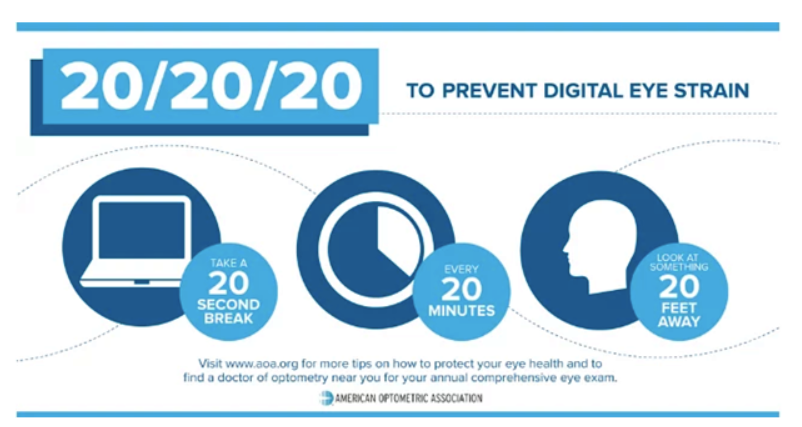Is Virtual Reality Bad For Your Eyes? Separating Facts From Myths
VR and Eye Health: A Subject of Debate
While the world of Virtual Reality (VR) has brought to life many immersive experiences that were formerly only a part of science fiction, concerns about its potential impact on eye health are now a major subject of study.
The VR wave is taking us by a storm. A research paper by the United States based National Research Group suggests that the global VR market is projected to reach a whopping $227.34 billion by 2029, up from just $16.67 billion in 2022.
Furthermore, with an average American expending approximately two hours on VR headsets, the US Food and Drug Administration has cautioned that prolonged exposure to VR is associated with eye strain.
Here we will delve into the kind of effects VR usage can have on ocular health, whether scientific evidence suggests it to be a health hazard, and what steps you can take to better manage these effects.
Common Concerns About VR on Ocular Health
1. Eye Strain
VR headsets use LCD monitors placed very close to our eyes and thus, one of the most voiced concerns associated with VR usage is eye strain. Symptoms of eye strain include dryness, irritation, blurred vision, and discomfort.
Such screen induced eye strain, however, is temporary and is not exclusive to VR exposure. In fact, according to the American Academy of Ophthalmology (AAO), such discomfort has not been scientifically proven to cause any permanent damages to ocular health.
Similarly, research conducted by the University of California, Berkeley, has conclusively shown that while VR may be associated with some level of temporary discomfort, it does not cause long-term harm to the eyes.
A research paper published on ScienceDirect has shown that the mismatched viewing conditions, like those simulated by VR, can cause visual fatigue and incorrect depth cues, affecting users’ interaction capabilities and eye-gaze performance.
2. Cybersickness
“Cybersickness” has been described by the Canadian Association of Optometrists as a form of motion sickness associated with VR headsets. It is also known to occur when there is a mismatch of visual information and known body position.
This is akin to a kind of motion sickness that is induced by many VR games and apps to trigger an experience of ‘floating’ or ‘weightlessness’ as part of the gaming experience. This characteristic is also linked to severe eye and body discomfort.
In a recent survey conducted by VR Heaven to study the extent of cybersickness among VR users, more than half the respondents said they did feel some type of motion sickness.

Studies have also indicated that the effect of cybersickness also varies across genders. For instance, roughly 22% of the female respondents reported cybersickness on exposure to VR compared to 7% of the male respondents.

3. Cognitive Effects
Research has also indicated that prolonged exposure to VR is associated with disruption of cognitive functioning. Engaging with the awkward visual posture created by VR headsets for longer durations can alter the development of focusing, tracking, and depth perception. This is more so amongst children, because a child’s visual system continues to develop throughout childhood.
In fact, most VR headset companies issue special advisories and precautions for use amongst younger age groups. Some of these have been discussed in a later section.
Is Virtual Reality Bad for Your Eyes: Looking at Scientific Evidence
The point of caution over prolonged exposure to VR devices stands true for screen time on any device. Thus, it is important to carefully examine scientific evidence to discern whether VR really is really so much of a unique eye hazard.
In this regard, research by the Vision Council, a prominent trade association representing the optical industry, shows that nearly 60% of Americans experience symptoms of digital eye strain due to prolonged screen use, irrespective of the type of device. This screen-related eye discomfort is of similar intensity even with smartphones or traditional computer screens.
Essentially, such studies highlight that while VR can potentially exacerbate existing symptoms of eye strain, it is not known to cause unique or severe ocular problems. Further research on this front is needed before drawing any misplaced conclusions.
In fact, an article published by the Canadian Association of Optometrists goes on to suggest that when used following an optometrist’s guidelines, some VR headsets can even enable vision development and improvement. Interactive engagement with such technology has demonstrably enhanced eye-hand coordination, depth perception, and reaction time amongst users.
Mitigating Risks: Managing Eye Health with VR Exposure
While the scientific community offers differing perspectives to this discourse, it’s crucial for users to adopt healthy viewing habits to mitigate the inherent risks of eye strain associated with exposure to VR screens.
1. 20-20-20 Rule
The American Academy of Ophthalmology (AAO) has described the 20-20-20 rule for managing eye health while engaging with VR. It stipulates that for every 20 minutes of VR exposure, the user should take a break to look at something 20 feet away for at least 20 seconds. Such breaks help to reduce unnecessary eye strain caused by direct and continuous screen time.

2. Device Settings
The AAO also recommends setting the device brightness and colour gradients for optimal comfort. This includes reducing screen brightness and ensuring adequate lighting in the surrounding environment to minimise strain.
3. Protective Shields for Eyes
Using eyeglass spacers or lenses to create protective barriers between the VR screen and eyes can prevent damages. Recent research has indicated that poor VR lens designs can significantly increase discomfort, disorientation, and eye strain, emphasising the importance of investing in a good quality lens.
Additionally, using artificial tears to lubricate the eyes and adjusting the VR headset to have it comfortably placed in front of the eyes can also significantly reduce the associated eye stress.
Better Safe Than Sorry: Getting Regular Eye Tests
To conclude, some level of eye strain after prolonged exposure to VR is common, but these symptoms generally subside on their own. Within prescribed limits and with proper guidelines, VR is a technological innovation with many benefits.
If the eye strain however persists, it is wise to consult an ophthalmologist to learn best practices for safe use of VR.
Reach out today to book a same-day consultation with our experienced optometrists.
